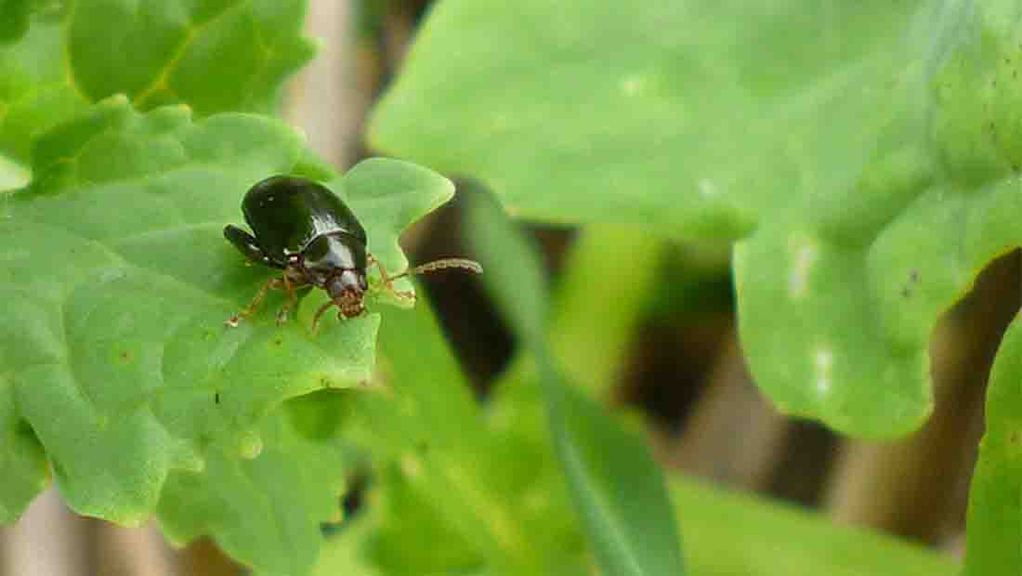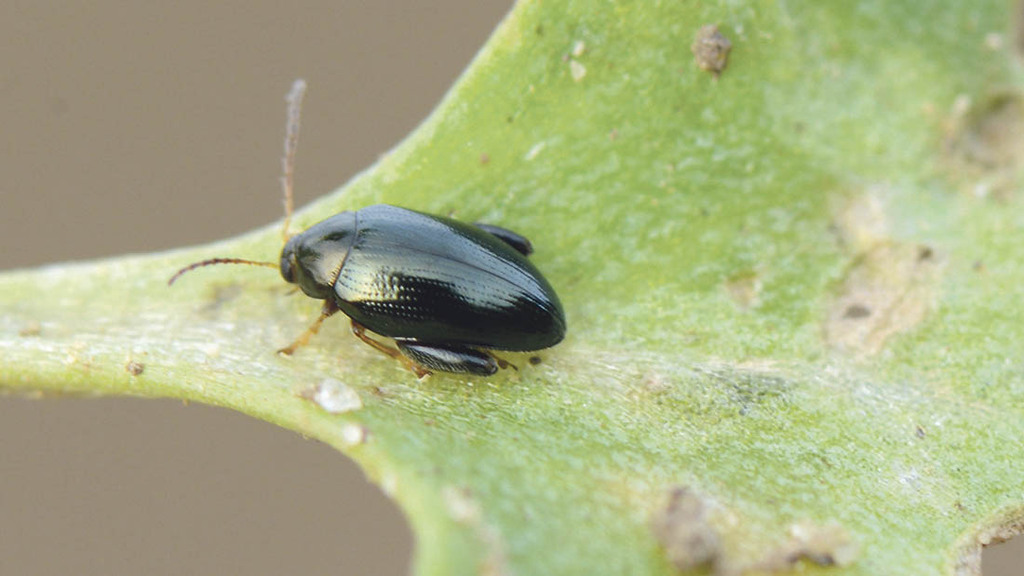
Growers will be in a stronger position to manage cabbage stem flea beetle (CSFB), thanks to a new AHDB-funded research project.
The latest research was commissioned in response to an earlier review which found a critical lack of understanding about the relationship between CSFB, its environment and winter oilseed rape (OSR).
Through a mix of innovative trials work and data analysis, the latest research will explore this complex relationship and improve integrated pest management (IPM) approaches – including those based on spray thresholds – and develop practical guidance.
The project
Data from recent CSFB monitoring activities, the wider literature and novel trial information, generated as part of the project, will be used to advance the integrated management of CSFB.

Miss Caroline Nicholls, who manages pest research at AHDB, said the researchers have access to commercial and non-commercial data sets from hundreds of sites.
"This information will be used to target the planned field experiments and provide a much clearer picture of the factors that put OSR at risk from CSFB," Miss Nicholls said.
CSFB monitoring – conducted at 75 commercial fields, AHDB Recommended Lists’ trials and several dedicated variety trials – will allow CSFB management to be fine-tuned.
Dr Steve Ellis, who leads the project at ADAS, said: "One of the biggest uncertainties has surrounded yield impacts. Data, particularly for the influence of larvae, is limited.
"Understanding the relationship between yield loss and pest infestation is crucial to the development of robust pest thresholds."
Alternative control options
With pyrethroid resistance in CSFB becoming more widespread, the work will focus on non-chemical control options.
Dr Ellis continued: "In particular, we will use variety trials to help tease out differences between varieties in relation to their susceptibility to CSFB."
The use of OSR volunteers as a trap crop for CSFB will also be studied for the first time.
Dr Ellis continued: "It’s an avenue well worth investigating.
"We know that CSFB wing muscles degenerate once they have located a plant to feed on and this makes it difficult for them to move on to another crop.
"Is it possible to distract the beetle in this way, while the true crop emerges and grows through its first few critical growth stages? We hope to find out."
The potential to defoliate affected crops before CSFB larvae move from the leaf petioles to the stem, where they cause the most damage, will also be studied.
Dr Ellis concluded: "Research conducted in Australia and Canada has shown that OSR crops can be defoliated to remove the larvae with little impact on seed yield, provided the timing is right."
